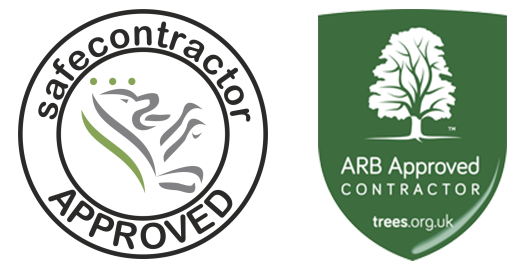BS5837 Tree Survey
For anyone unfamiliar with ecology or housing development, the BS5837 Tree Survey is for anyone planning or considering altering property near to trees. It can be done independently or as part of a development project. This survey is for individual homeowners as much as property developers.
A BS5837 Tree Survey is invaluable and important. Firstly, it is needed to ensure the preservation of the local wildlife. Secondly, it will show how and where existing trees will impact any plans, such as how tree growth could affect a building’s structural integrity.
Tree Survey Report
The Tree Survey Report is a summary of existing trees on the site, indicating roots, canopy and other factors.
From this report, you will gain an overview of the findings of the survey showing:
- Position and dimensions of all trees
- Root Protection Areas (RPAs)
- Representations of tree canopies, including shading and crowns
- Accurate outlines of trees, colour coded for quality and by variety
These are plotted over a topographical map to give the most accurate vision of the site and its trees.
This is key to developing a site plan that utilises the space, while being aware of the tree constraints. This is as important for your site developers as it is to the council who will approve the plans.
The Tree Survey Report will also help to inform future tree management and preservation.
Arboricultural Impact Assessment
The Arboricultural Impact Assessment (AIA) is a report which looks at how your planned development of the site will affect existing trees. There may be trees you wish to remove, or ones that you can’t and must accommodate.
This assessment shows your awareness and understanding of the impact of any current and future plans to the tree stock on your site.
Arboricultural Method Statement & Tree Protection Plan
The Tree Protection Plan and Arboricultural Method Statement (AMS) go hand in hand. The Tree Protection Plan (TPP) is a visual representation of the Method Statement.
Using what is learned from the Tree Survey and Report, the AMS gives specific measurs to mitigate any risk posed to trees on site, from construction. As the name would suggest, Arboricultural Method Statement breaks down the methodology for each aspect on the site based on the needs of the trees and building/s.
Arboricultural Supervision and Site Monitoring
Often the tree protection measures will include site monitoring from an Arboricultural Consultant. The aim of the arboricultural supervision and site monitoring is to check that you are following through on your submitted plans and ensuring the protection of the trees on your site.
Your local authority will carry out periodic inspections of your site’s trees. Any issues, such as failing to implement recommended tree protection, can result in unexpected and increased costs, which you will want to avoid.
Reeves Arboricultural Services can provide qualified Arboricultural Consultants to undertake either one-off or regular site monitoring visits.
Each visit will result in a written Site Supervision Report. These reports are a requirement for your records.
Tree Hazard Evaluation
If you are looking to be proactive before site development or at any stage of the planning process, a Tree Hazard Evaluation can be useful.
The evaluation will look at the following:
- Hazards: Which trees and parts of trees may be considered hazardous;
- Harm: What damage could be caused to your property from the hazards;
- Injury: What personal injury may result from the hazards or harm to your property; and
- Risk: The overall likelihood of harm or injury caused by any trees near or on your property.
We can provide Tree Hazard Evaluations (Health and Safety) or Tree Valuations (monetary value) for various situations. Expert witnesses may be required for compensation and mitigation claims. We can provide qualified arborists as expert witnesses.

